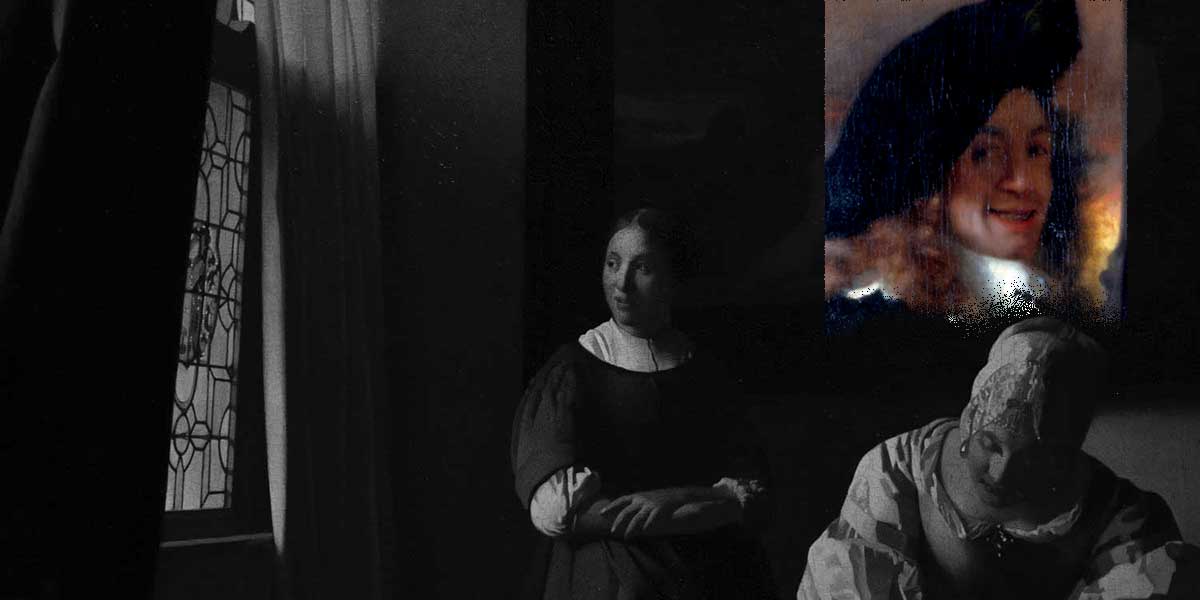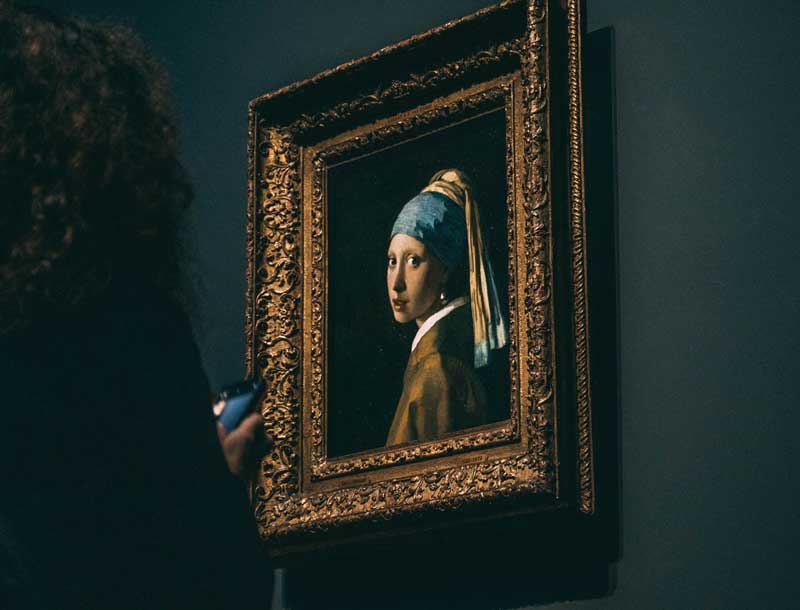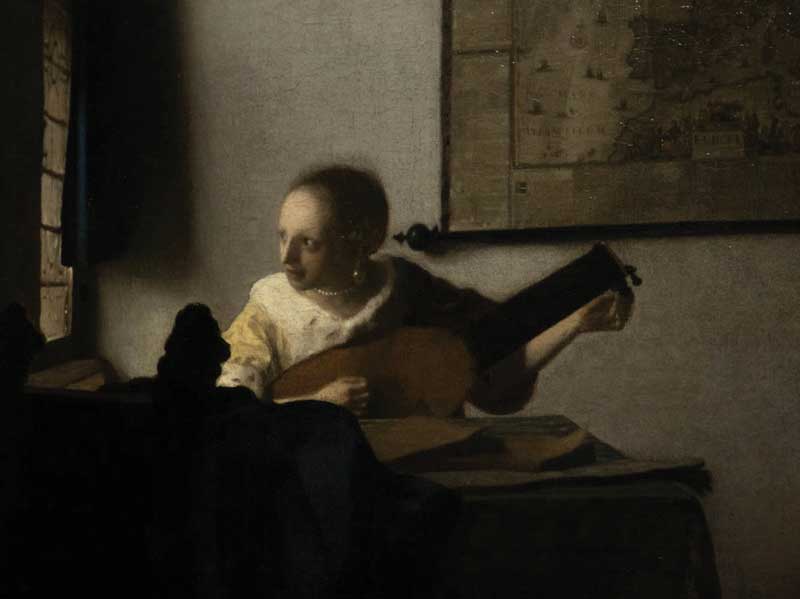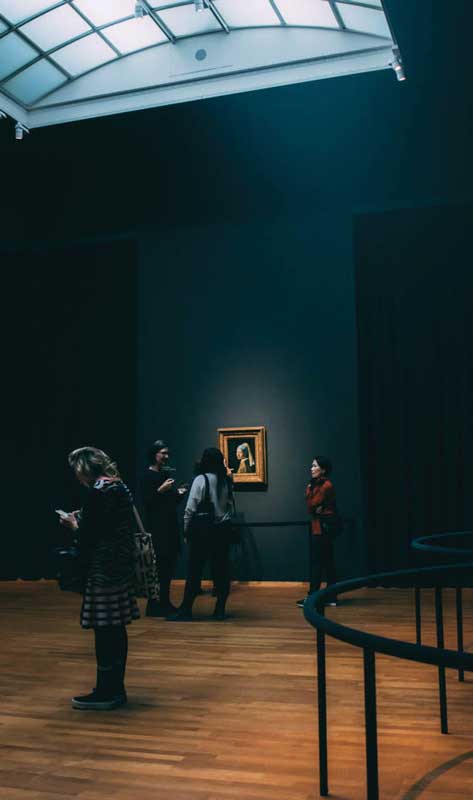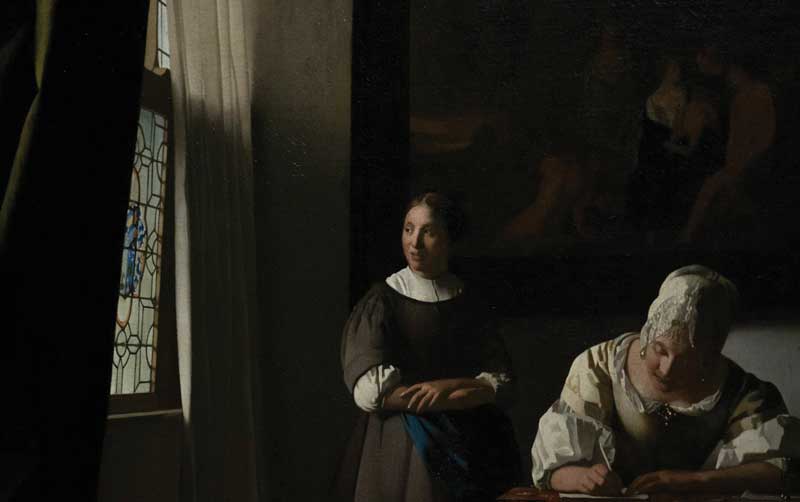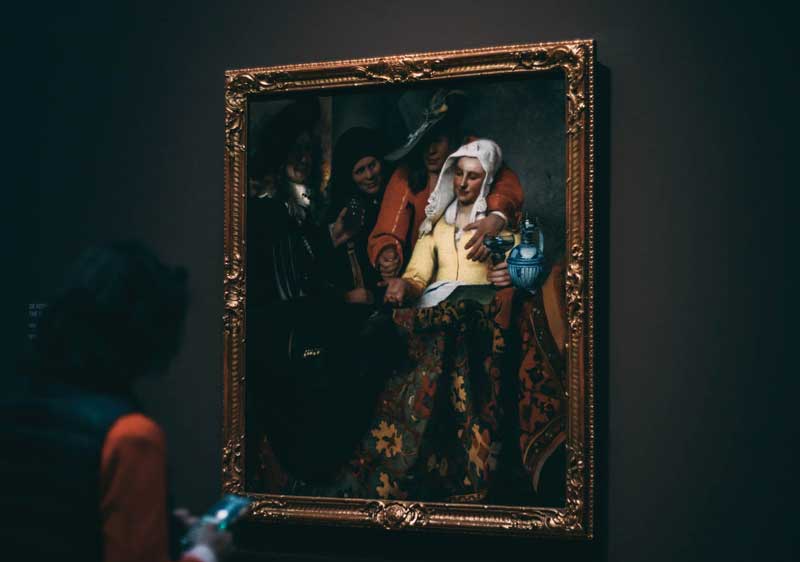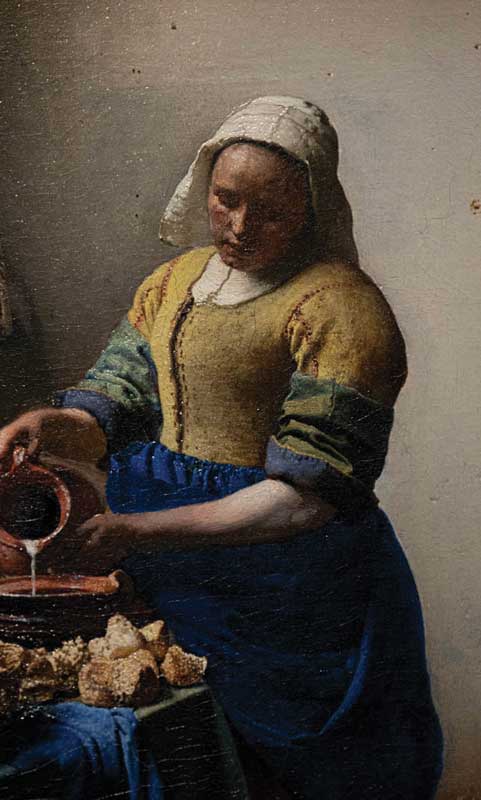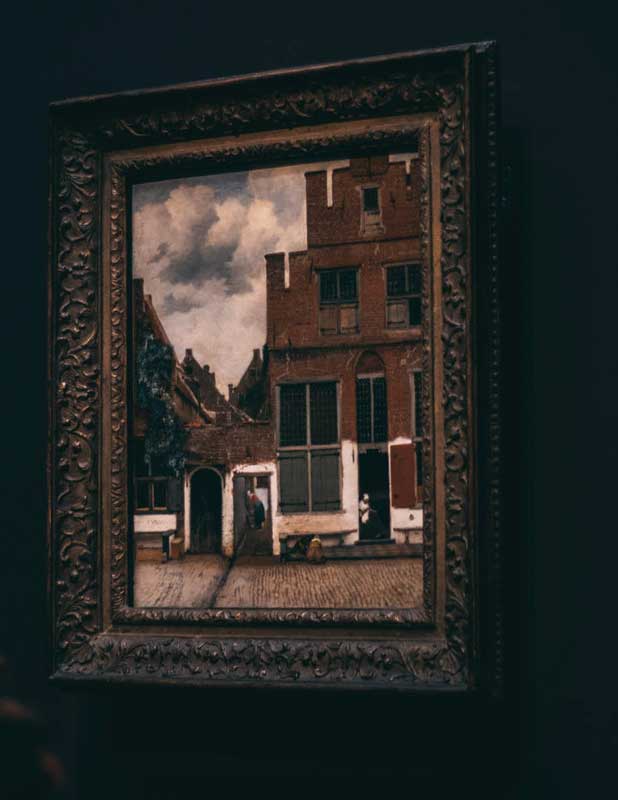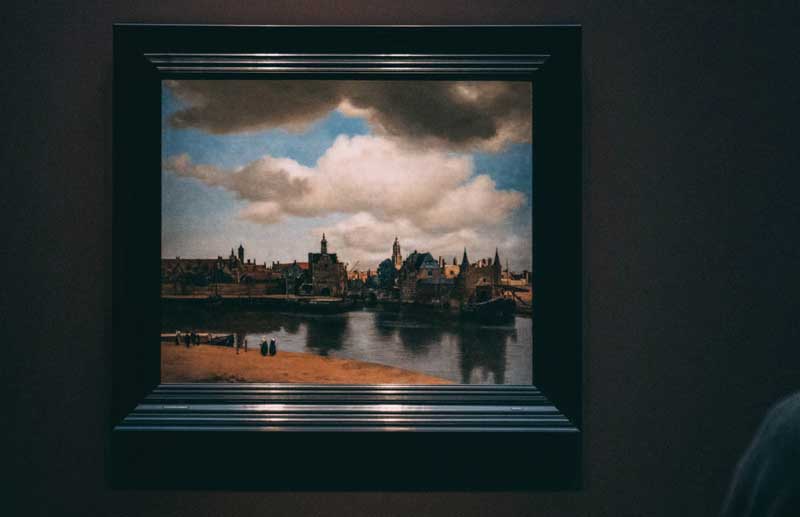The Rijksmuseum in Amsterdam has succeeded in bringing together 28 of the 36 masterpieces by the Dutch painter Johannes Vermeer.
For Johannes Vermeer, everything is light and color, and light is color and color is light. With these two elements, the 17th-century Dutch artist manages to create serene, calm, and sophisticated stories that still have a powerful effect on us 350 years after they were created. This is how Pieter Roelofs, curator of Vermeer, explains the largest, most important and most magnificent retrospective ever devoted to the great Delft master.
The complete oeuvre of Vermeer (1632-1675) comprises 36 paintings in 18 museums and private collections around the world. However, it has not been possible to bring them together under the same roof in recent centuries, until the Rijksmuseum in Amsterdam succeeded in bringing together 28 of these masterpieces in a historic retrospective, in a montage that brings us closer to Vermeer's universe: his work, his private life, his social environment and his ambitions, immersing us in the world of tranquillity and intimacy of anonymous figures such as The Milkmaid or The Girl with the Pearl Earring.
Taco Dibbits, director of the Rijksmuseum, said: "We are experiencing a historic moment. Never before, not even in the artist's own studio in the 1600s, have 28 of his works been brought together under one roof.
Coming from 14 museums and private collections in seven countries, this exhibition is the most complete ever assembled. Seven paintings return to the Netherlands for the first time in 200 years. The layout of the exhibition's 10 rooms was designed by French designer and architect Jean-Michel Wilmotte.
The galleries, arranged thematically, introduce visitors to the work and world of Johannes Vermeer. The exhibition opens with perhaps the most famous Dutch cityscape of the 17th century: the famous View of Delft, on loan for this exhibition from the Mauritshuis. The play of light and shadow, the impressive cloudy sky, and the subtle reflections in the water make this painting a masterpiece. With this gesture, the curator places us in the author's hometown from the very beginning of the tour.
His impact is unforgettable
The following gallery introduces us to his early creations, soon arriving at the quiet, domestic and serene interiors for which the artist is so loved and admired. "Vermeer did not produce many paintings, but his impact is unforgettable," comments Dibbits. "In a world that constantly demands so much of us, the tranquility and intimacy of his work makes time stand still."
A woman doing housework, absorbed in her morning routine; a girl reading a letter; the city awakening at dawn.... Vermeer was a master of the intimate moment, calm, quiet and absorbing. We move from cityscapes to domestic interiors, from the sacred to the profane, from domestic life with music and moments of intimacy to religious devotion and scenes suggesting something more daring. A total of 28 paintings created between 1654 and 1674.
In one of the exhibition rooms there is a work hanging alone on one of the walls. Someone has drawn a curtain in shades of green, giving us access to a scene to which we are not really invited. In a living room, we see a girl reading the end of a letter; it can be seen that she has approached the window to get a better light; her vague reflection is caught in the leaded glass of the open window. On the back wall, the image of Cupid gives us a clue as to the subject of the letter. It is an intimate moment that we witness without her noticing us, a situation that the curator manages to accentuate by placing us alone in this room with this oeuvre.
It is impossible not to wonder with great curiosity: what does the letter say? And we find ourselves studying the girl's expression to find out what her reaction is.
The illusion of space is amazing
Meanwhile, in the adjacent gallery, a woman is pouring milk and preparing a basket of bread. She is alone in the kitchen, and the plain wall in the background emphasizes her situation. In Vermeer's paintings, white walls are never completely white, but have different shades of gray, cracks, shadows, plaster scratches, and in this case, a bare nail protrudes from the daylight wall, casting its shadow over the woman's head.
The artist manages to make us hear the sound of milk being poured and smell the freshly baked bread. At this moment, in this very homely and private space, in the kitchen of a house that is not our own, yet has something familiar about it.
The illusion of space is amazing. Nevertheless, we cannot say that Vermeer painted real scenes; each composition is constructed with great care and complexity. His work is full of details that only reveal themselves after spending some time in front of them.
However, not because they are intimate or familiar, his paintings always have a touch of drama, a certain mystery, an enigma in the scene? There are things we can never know: music we don't hear, conversations we don't know what they're about. A woman is holding her necklace, still in thought, looking at the light through the window. What is she thinking? What does the letter say? What are they talking about? What is behind the window? Who is the young woman with the pearl earring?
The entire exhibition is full of moments like this. Vermeer plays with us, manipulating our eye in each painting, focusing and blurring objects in the scenes, overlooking some things to bring others to the fore. The artist leaves nothing to chance; every inch of the work is carefully considered, and he has carefully calculated how we will react.
The Vermeer exhibition was preceded by extensive research conducted in collaboration with the Mauritshuis and the University of Antwerp. The research will continue after the exhibition and the results will be presented at an international symposium at the Rijksmuseum in 2025, 350 years after Vermeer's death.
Text: Maite Basaguren @maitexplainsart ± Photo: Rijksmuseum

